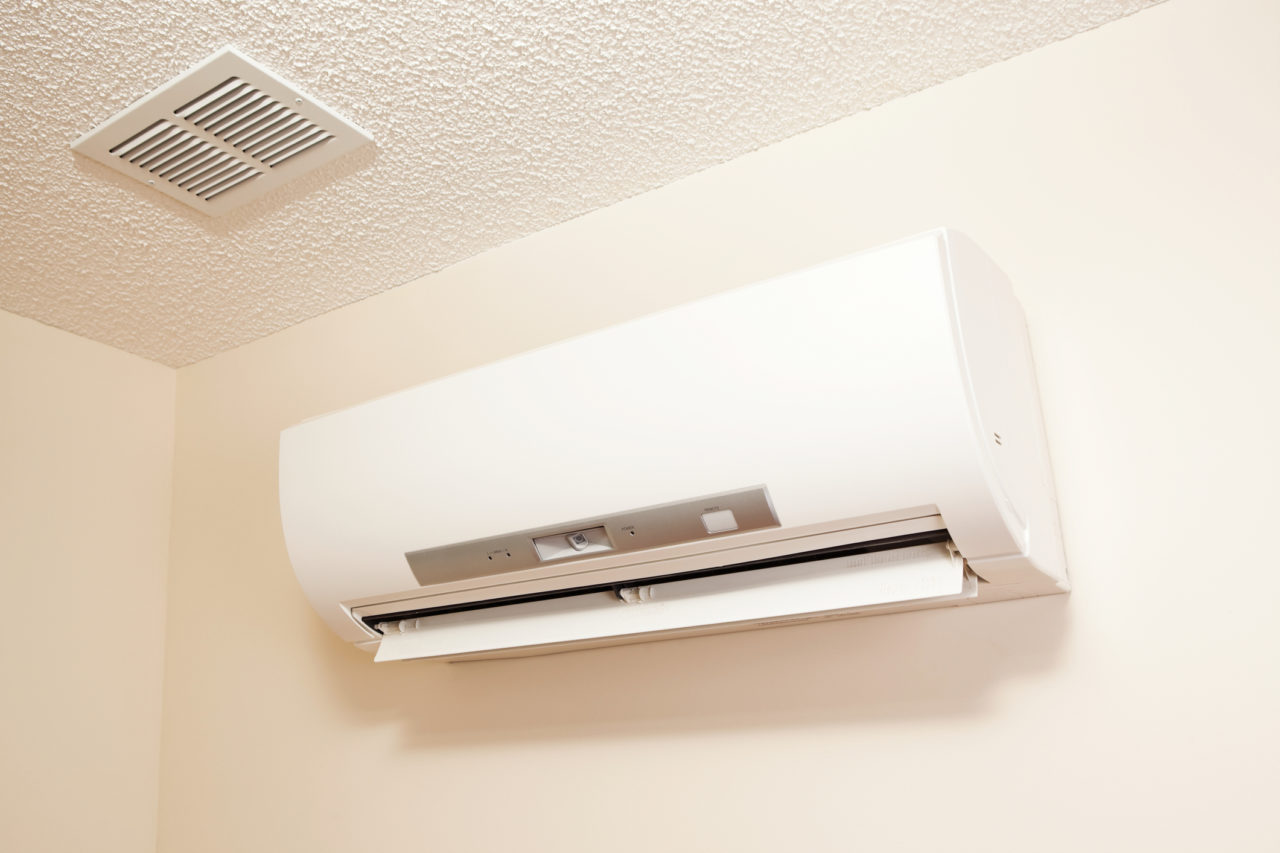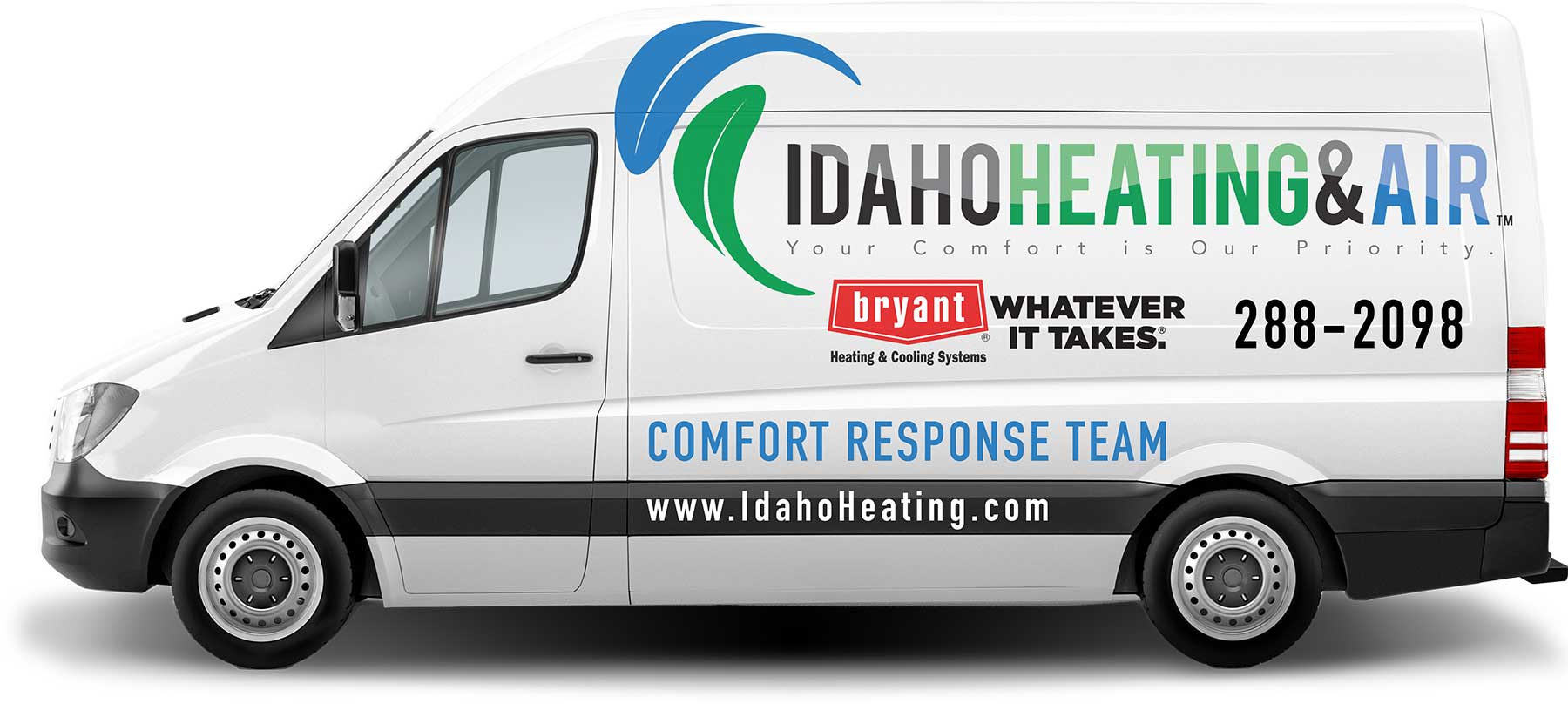When it pertains to creating building areas, the old stating 'form complies with feature' is true. However have you ever before considered how integrating cooling into style can raise comfort and performance all at once?
The seamless fusion of cooling systems within the framework of a structure not only impacts the passengers' wellness however likewise affects the overall sustainability of the framework. As you check out the complex relationship in between design and cooling, a world of cutting-edge solutions and sophisticated modern technologies awaits your exploration.
Key Takeaways
- Energy-efficient systems improve comfort and sustainability.
- Integrated air conditioning boosts interior air high quality.
- Stabilizing visual appeals and capability ensures excellent layout.
- Future fads focus on wise, lasting air conditioning options.
Importance of Integrated Cooling
When making areas, integrating a/c is important for ensuring the most effective convenience and functionality. Power efficiency plays an essential function in the style procedure, as it not only decreases functional expenses yet additionally lessens the ecological effect of the building. By incorporating energy-efficient a/c systems, you can produce a sustainable and cost-efficient solution that benefits both the occupants and the world.
In addition, interior air top quality is another key element to think about when creating with integrated a/c. Proper air flow and purification systems help preserve a healthy indoor environment by minimizing pollutants and allergens. This leads to boosted occupant wellness and performance. When picking air conditioning systems, focus on those that use advanced purification modern technologies to improve the total interior air high quality.
Factors Affecting Layout Choices
Incorporating cooling into building designs requires careful consideration of different elements that affect design decisions. When incorporating air conditioning systems, sustainability factors to consider are crucial to lower the building's environmental impact. User experience plays a considerable duty in identifying the performance and complete satisfaction with the air conditioning system.
- Power Performance: Lasting layout practices aim to decrease power intake, which not just profits the setting but also minimizes functional costs for the structure owner.
- Indoor Air High Quality: Providing a comfortable and healthy interior environment boosts the general individual experience, promoting performance and wellness.
- Visual appeals and Combination: Integrating air conditioning systems flawlessly into the building design ensures that functionality does not compromise the aesthetic appeal of the space, enhancing user complete satisfaction and overall building looks.
Efficient Cooling Techniques for Buildings
To enhance cooling down efficiency in structures, consider incorporating easy layout techniques alongside a/c systems. Passive cooling techniques can greatly decrease the requirement for mechanical air conditioning, causing even more sustainable services for maintaining comfy interior temperatures. Design attributes such as shading gadgets, natural ventilation systems, and thermal mass can aid manage temperatures without depending solely on energy-intensive air conditioning. By strategically putting windows to take full advantage of cross ventilation or using reflective roof materials to minimize solar warmth gain, you can harness the power of nature to cool your building efficiently.
Along with easy strategies, executing lasting services like green roofs or living walls can even more enhance cooling efficiency by providing insulation and minimizing warm absorption. These features not only help in preserving comfy indoor temperature levels however likewise add to a greener environment. By incorporating passive cooling strategies with sustainable options, you can create an extra energy-efficient and environmentally friendly building style that focuses on both comfort and preservation.
Stabilizing Aesthetics and Functionality
Take into consideration the harmonious assimilation of visual elements with practical aspects in your building layout to ensure a balanced and impactful end result. When incorporating a/c systems into your structure design, striking a balance in between aesthetics and performance is crucial to creating rooms that not only look good however additionally offer perfect comfort for owners.
To attain this balance, maintain the complying with points in mind:
- Blend the System with the Environments: Make sure that the cooling systems or vents effortlessly incorporate with the total visual of the room, whether with concealed positioning, ornamental covers, or matching colors.
- Prioritize Individual Experience: Design the airflow and temperature level control systems in a way that focuses on the convenience and well-being of the passengers. Take into consideration variables such as air distribution, sound degrees, and convenience of usage to enhance the overall user experience.
- Incorporate Sustainable Practices: Choose energy-efficient air conditioning services that not only add to the aesthetic charm of the building however additionally advertise sustainability and reduce ecological impact.
Future Patterns in Architectural Cooling
As you envision the future of architectural layout, remaining abreast of emerging air conditioning patterns becomes crucial for improving both form and function within your tasks.
The assimilation of smart innovations into building air conditioning systems is set to transform the method structures are cooled down. These systems utilize information and automation to optimize energy usage, offering individualized convenience while lowering environmental impact.
Lasting solutions are additionally shaping the future of building cooling. From passive design approaches that maximize natural air flow to innovative cooling materials that reduce the requirement for standard a/c, sustainability goes to the leading edge of cooling technologies. Engineers are progressively including eco-friendly roof coverings, shielding aspects, and thermal mass right into their styles to produce even more energy-efficient air conditioning systems.
Frequently Asked Concerns
How Does A/c Influence the General Sustainability and Power Efficiency of a Structure Style?
When you integrate cooling into building layout, it influences sustainability and power performance. Energy intake can rise because of a/c usage, impacting building performance. This enhanced energy need can have negative ecological effects, decreasing overall sustainability.
To mitigate these effects, take into consideration incorporating energy-efficient HVAC systems, correct insulation, and passive cooling techniques. Balancing convenience with energy effectiveness is important for producing sustainable building styles.
Are There Any Type Of Laws or Certifications That Architects Need to Take Into Consideration When Integrating Cooling Into Their Layouts?
When incorporating cooling into your styles, it's important to think about regulative requirements like building regulations and accreditation requirements for power efficiency. Satisfying these guidelines guarantees that your project lines up with industry best practices and ecological objectives.
Acquainting yourself with these policies will aid you in producing lasting styles that focus on comfort while also reducing power usage. Stay notified and compliant to supply projects that are both comfy and eco-friendly.

Can the Placement of Air Conditioning Units Impact the General Comfort and Performance of a Room?
When it comes to air conditioning systems, positioning matters a whole lot for your space's convenience and capability. Air flow is key, so avoid obstructing vents or putting systems in dilemmas.
Think about just how environmental pollution can affect your environment and go for an aesthetically pleasing arrangement that blends flawlessly with your spatial layout.
Take note of where you place these systems to assure maximum convenience and effectiveness throughout your area.
What Are Some Ingenious Technologies or Materials That Can Be Used to Boost Cooling Systems in Modern Architecture?
To enhance cooling systems in modern-day style, you can explore clever controls and lasting materials. Easy cooling strategies and using thermal mass are ingenious means to improve efficiency and comfort.
How Can Architects Ensure That the Layout of A/c Equipments Matches the Total Visual of a Structure While Still Prioritizing Capability and Comfort?
To ensure the style of air conditioning systems enhances a structure's visual, prioritize aesthetic assimilation and layout consistency. Incorporate energy-efficient innovations for capability. Stabilizing appearances and capability enhances passenger comfort.
Stress smooth assimilation of air conditioning components into the building design. By focusing on both visual appeals and power effectiveness, architects can develop a space that's visually enticing, comfortable, and eco-friendly.
Conclusion
In general, when designing with convenience in mind, integrating air conditioning in architecture is crucial. By thinking about variables such as reliable air conditioning strategies, balancing looks and capability, and remaining ahead of future trends, engineers can develop spaces that aren't only visually attractive yet likewise comfortable for residents.
It is essential to prioritize the well-being and convenience of those that'll be using the room, and incorporated a/c plays a key role in attaining this objective.
https://brixtonacinstallation.co.uk

